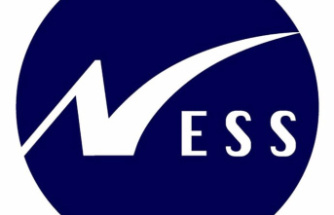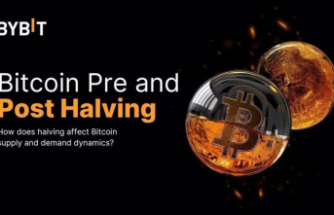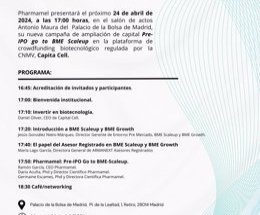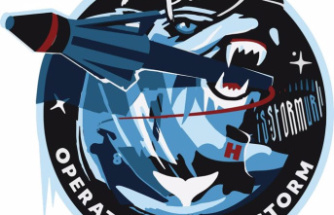In the social-media age, the idea of going to a conference, or gathering for several days of face-to-face meetings, seems almost quaint.
But the truth is the opposite: Social media has made conference-going more valuable than ever. The value of those in-person encounters comes not in spite of, but increasingly because of, the way we use technology and social media—from the colleague we discover on social media (before setting up a date to meet at a coming conference) to the presentation that takes one’s professional reputation to new heights (because it’s amplified on Twitter).
Say you met a great prospect over coffee at a conference. Who is the prospect going to remember in a month: the person he spent 30 minutes with or the person he spent 30 minutes with and with whom he subsequently exchanged half a dozen tweets? Knowing how to make smart use of social media in connection with conferences is the secret to being the person who gets remembered.
Here are some tips on how you can use digital tools to boost the value of a conference—before, during and after the gathering.
Pack your schedule. When I go to a conference, I put at least as much time into one-on-one and small-group meetings as I do into attending sessions. I block off times when I’m going to make myself available for meetings, and put those into a bookable calendar such as Calendly or YouCanBook.me. Instead of getting into a prolonged back-and-forth over when to meet up, I include my calendly.com/awsamuel link in any messages I send out asking for a meeting. To decide who to reach out to, I not only look at the conference schedule or attendee list, I search Twitter to see who is tweeting about the conference. If I’m sending a meeting request to someone I don’t know, I look them up on LinkedIn and follow them on Twitter so that I’ll know more about them before we meet.
Play host/hostess. Mealtimes are one of the awkward parts of traditional conferences—so be the hero who saves your fellow attendees from lonely meals. The tech tools you use to organize parties or social get-togethers can help with conference convening, too.
Start by booking an 8-to-12-person table in a restaurant for each night of your conference; I use the geographic search tool on OpenTable to find restaurants near the conference venue, and then read reviews on Yelp to decide which restaurants look best. Consider choosing a theme for each dinner. I find that a notional focus like “women in tech” or “writers and publishers” helps bring a gathering into focus. Create an evite for each dinner, so you don’t have to manually keep track of who is attending; allow people to bring one to two guests and set a limit for RSVPs that is equal to your number of seats at the table. Finally, use Bitly (a URL shortener) to set up a memorable URL for each night’s evite (for example, “//bit.ly/MarketConApril 12”). When you email people to set up individual meeting dates, include an invitation to one of your dinners. Or enlist a few co-conspirators and ask each of them to bring three interesting people to dinner.
Use business cards to showcase your work. Like most people, I exchange a lot of business cards at conferences—something that’s become a lot more valuable since I started using my business cards to showcase my work. I’ve created short links to all the articles and webpages I frequently share with people. I then order custom-printed stickers for the short links that I share most, and when I hand out a business card, I attach a sticker related to whatever I’m discussing. It turns out that even grown-ups get excited when you hand them a sticker, so I recommend creating short links and stickers for any assets (like blog posts, specific service descriptions, reports or videos) that you frequently recommend.
Engage with new contacts. It’s easy for that stack of business cards you collect to turn into a whole lot of nothing. That’s why I try to go through my freshly collected cards on the plane home, snapping an image of each card with an app like Evernote, which offers a built-in business card reader to capture contact information. I use LinkedIn to connect with anyone I’ve really clicked with (but I’m selective), and I also follow people on Twitter. Another trick that helps me stay in touch with folks on Twitter is to snap a selfie with them while we’re still together—then I ask them for their Twitter handle, and tweet them a message with the hashtag #nicetomeetyou and the hashtag for the conference. My #nicetomeetyou tweets are a running list of people I’ve met, with prompts for where I’ve met them and their actual photos.
Stoke interest in your presentation. If you’re presenting at the conference, my advice is to spend as much time promoting your talk as you do preparing it. (This is particularly important if you’re going to be presenting at a larger conference where you’re competing for attendees.) Create a pre-event teaser such as a blog post or infographic and share it on all your social-media channels, and include the hashtag for the conference itself so your fellow attendees see it. Add a link to your coming presentation to your email signature, especially if it’s a talk at a conference where it’s an honor just to be on the agenda. That way you’re letting all your contacts know that you’re someone to watch!
Build a following with Twitter. Twitter can help drive attendance to your talk—and your conference participation can also build your Twitter following. This will be most effective if your Twitter strategy is baked into your presentation: Include your Twitter handle (as well as the hashtag for the conference or your specific talk, if applicable) on every slide, or on the key slides that start each section of your presentation, so people know how to refer to you when they are tweeting about your talk. When you’re on stage, let your audience know that they should follow you on Twitter to get links to resources you cover in your talk. You can tweet out those resources after the talk, or you can queue up tweets with a tweet scheduler such as Hootsuite to sync with your presentation time: It always blows people’s minds when I tweet out links to the examples I share in my talks while I’m actually presenting.
Convert your audience. If you want to convert your presentation audience into sales prospects or contacts, consider setting up a webpage with some basic information on your talk, plus an email form specific to this event or topic area. Then let people in the audience know they can sign up for that list to get your slides, follow-up report or related updates. Be sure to tweet out the link to that page, using the conference hashtag, and if you post your slides to Slideshare, include the link there, too.
Ms. Samuel, a frequent contributor to Journal Reports, is a technology researcher and the author of “Work Smarter With Social Media.” She can be reached at reports@wsj.com.
Appeared in the Mar. 13, 2017, print edition.
Our editors found this article on this site using Google and regenerated it for our readers.













